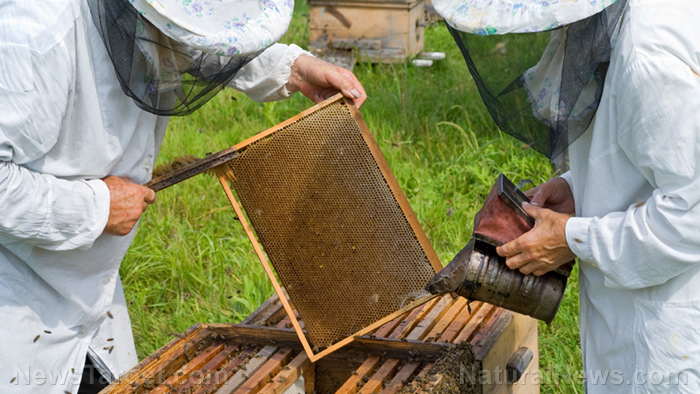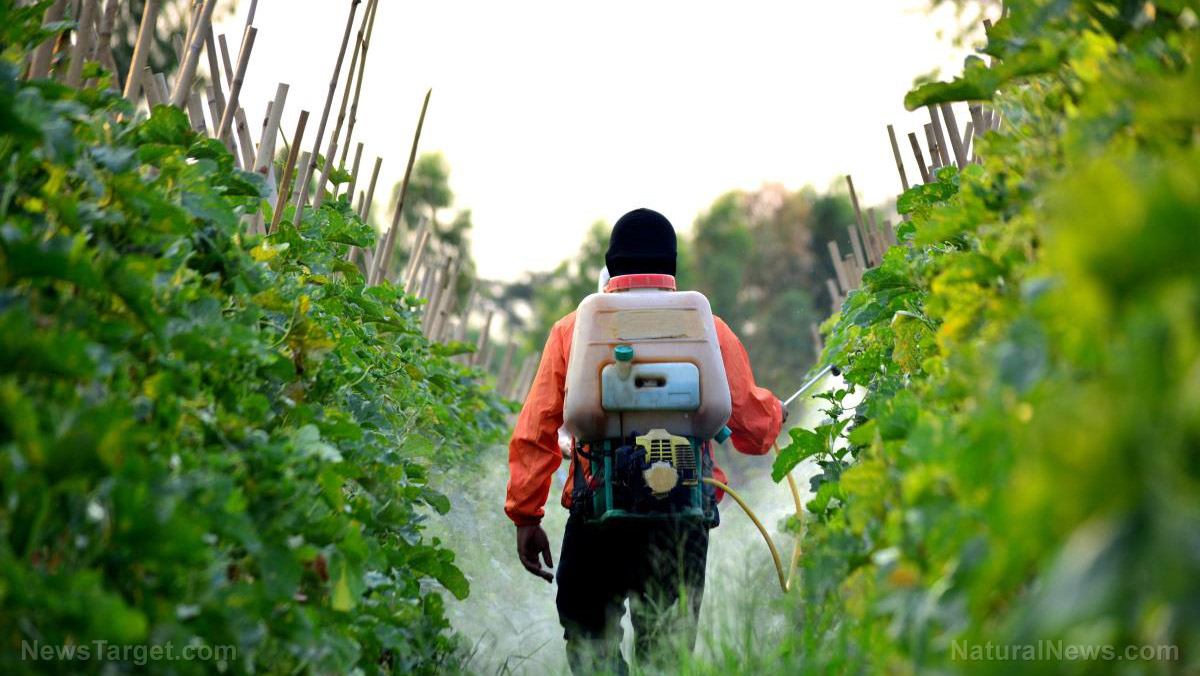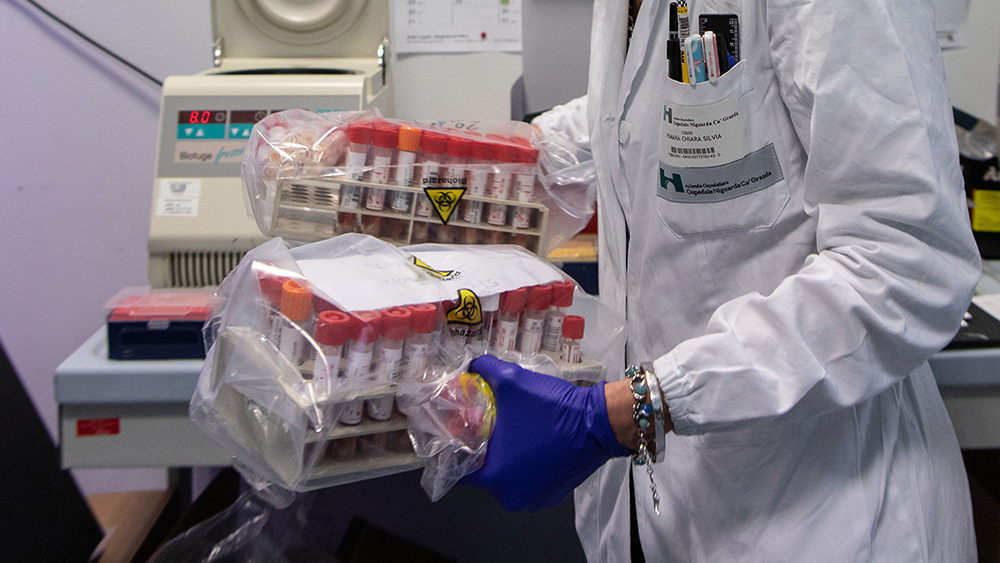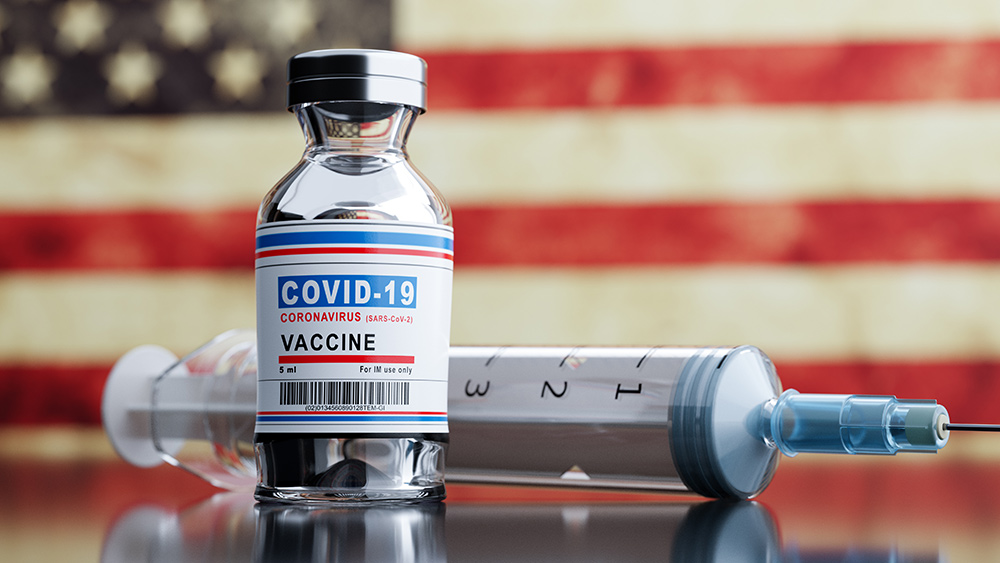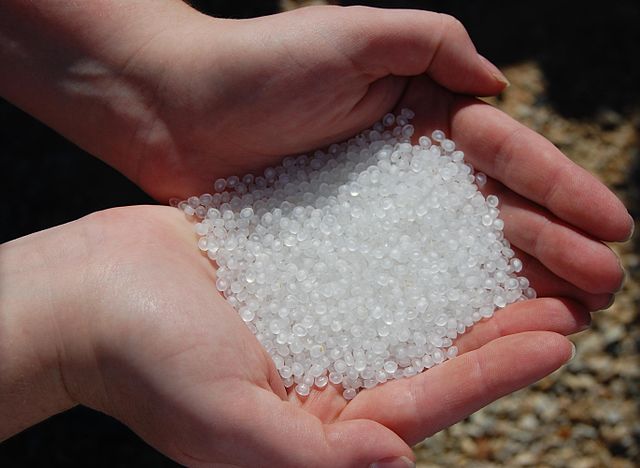Study finds pesticides kill bees even below recommended doses
08/19/2021 / By Mary Villareal
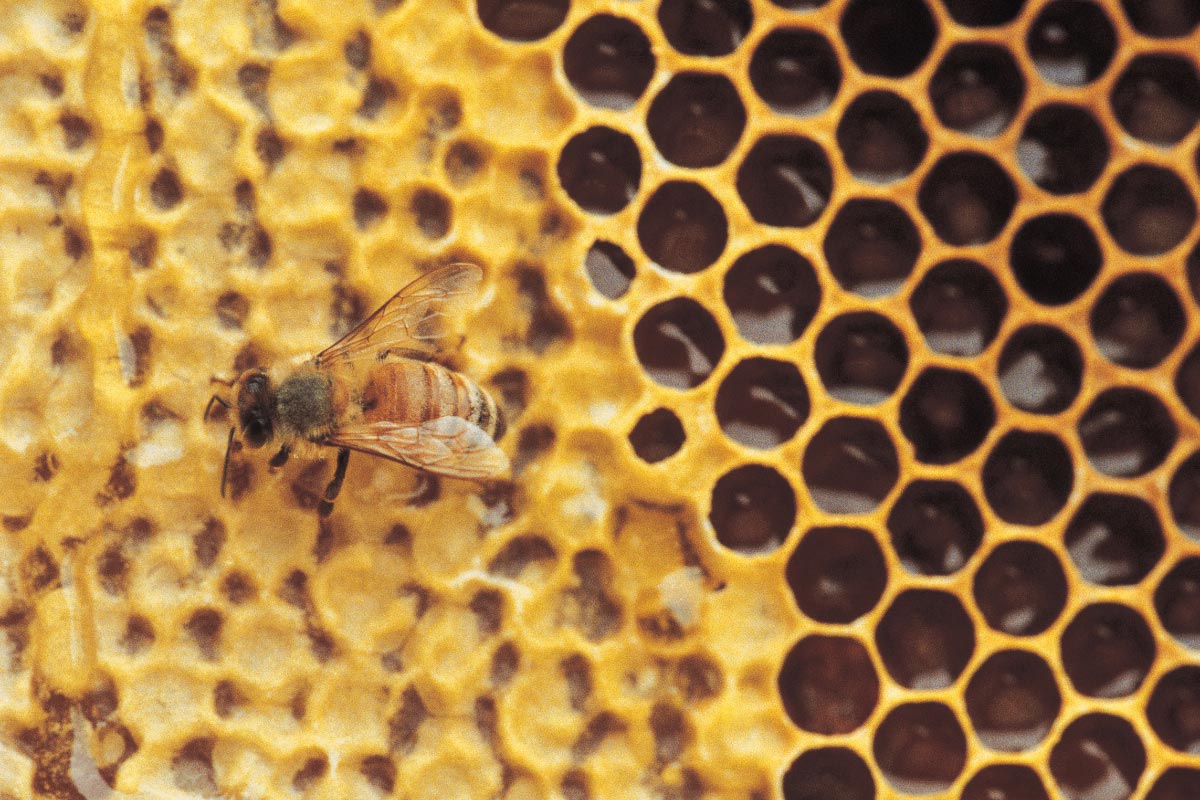
A new study from the University of California, Riverside revealed that a common class of insecticides is harmful to bees even below recommended doses. Neonicotinoids are insecticides that protect plants from harmful insects like aphids; however, they can also seriously harm beneficial insects like bees. This insecticide, which is chemically similar to nicotine, is widely used by commercial growers. Much research has focused their use in food crops like canola, where they are applied at low doses; however, the study showed that when neonicotinoid is applied in potted ornamental plants, they represent more potent sources of toxin for bees. (Related: Pesticide cocktails found to be more dangerous to bees than expected.)
“Neonicotinoids are often used on food crops as a seed treatment. But they’re usually applied in higher amounts to ornamental plants for aesthetic reasons. The effects are deadly no matter how much the plants are watered,” explains Jacob Cecala, UCR entomologist and lead study author.
Cecala’s team was surprised by this result as neonicotinoids are water-soluble chemicals. Going into the study, he said that he assumed more water could dilute the amount of harm that the chemicals cause bees; however, this wasn’t the case. Though increased water decreased the potency of the pesticide in the nectar of the flowers, the negative effects were still observed on bees. “Unfortunately, we observed a 90% decrease in the bees’ reproduction with both high and low levels of irrigation,” he said.
The study also examined neonicotinoid effects on solitary bees via ornamental plants. Solitary bees make up more than 90 percent of native species in North America, and an even higher percentage in California. Solitary bees live alone, do not produce honey, do not have a queen or live in a hive. Because of this, they are less aggressive than other species of bees.
“Solitary bees are more representative of the ecosystem here, and they are potentially more vulnerable to pesticides,” study co-author Erin Rankin said. If a social worker bee, like the honeybee, gets exposed to insecticide and dies, it won’t necessarily affect the longevity of the hive, but if a solitary bee dies, the lineage will be cut short.
In the study, the researchers used alfalfa leafcutter bees, which nests in tunnels and lay eggs one at a time. Similar to California’s solitary native bees, they are part of a genus found worldwide.
When Cecala and Rankin tried the experiment, they used the insecticide concentration recommended on the product label, and all bees died in a matter of days. The next time they ran the experiment, they used a third of the recommended dose, and still found negative effects on reproduction, the ability of bees to feed themselves, and overall fitness.
“This result reminds us that while ornamental plants serve as critical resources for solitary bees, we must be vigilant about how we manage these plants and the chemicals we apply to them,” Cecala told EcoWatch.
Pesticide products are highly concentrated
Though the study used neonicotinoid, which is formulated specifically for nurseries, similar products for home gardens also tend to be highly concentrated. Plants in nurseries or residential backyards tend to represent a smaller total area than food plant fields like corn or soy, but the high potency neonicotinoid products can have a big effect in small areas.
For instance, in 2013, neonicotinoids caused a massive bumblebee die-off in a retail parking lot in Oregon, where more than 25,000 were found dead.
The problem is that neonicotinoids are designed to be absorbed by every part of the plant to “make the plant itself the pesticide,” Daniel Rachiel, acting director of the Natural Resources Defense Council‘s pollinator initiative said. This means that they are easily absorbed by the environment, spreading through the soil and contaminating wild plants and even bodies of water.
Nurseries should quantify the amount of pesticides that are making their way to flowers, given their watering and pesticide regimens. There is a need to consider alternative management practices to reduce harm to bees and the ecosystems that are dependent on them.
“It’s not as simple as ‘don’t use pesticides’ — sometimes they’re necessary. However, people can look for a different class of insecticide, try to apply them on plants that aren’t attractive to bees, or find biological methods of pest control,” Cecala said.
Read more about how to help bees at Bees.news.
Sources include:
Tagged Under: animals, bees, bumble bees, discoveries, ecology, environment, EPA, honey bees, neonicotinoids, poison, pollinators, research, toxic chemicals
RECENT NEWS & ARTICLES
COPYRIGHT © 2019 Dangerous.News
All content posted on this site is protected under Free Speech. Dangerous.News is not responsible for content written by contributing authors. The information on this site is provided for educational and entertainment purposes only. It is not intended as a substitute for professional advice of any kind. Dangerous.News assumes no responsibility for the use or misuse of this material. All trademarks, registered trademarks and service marks mentioned on this site are the property of their respective owners.

